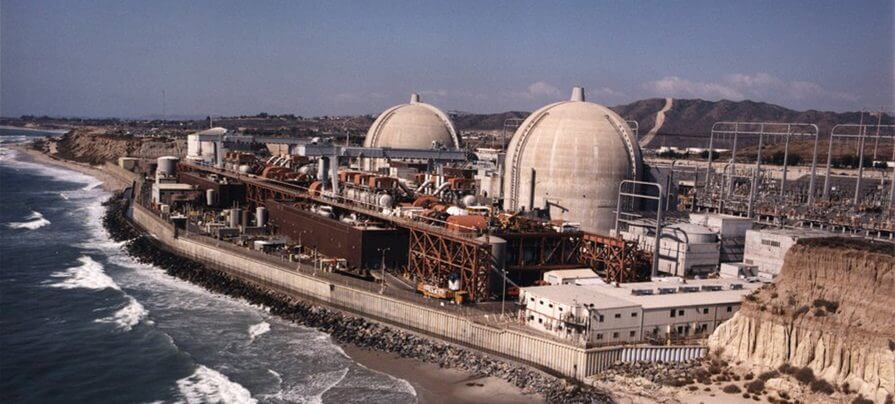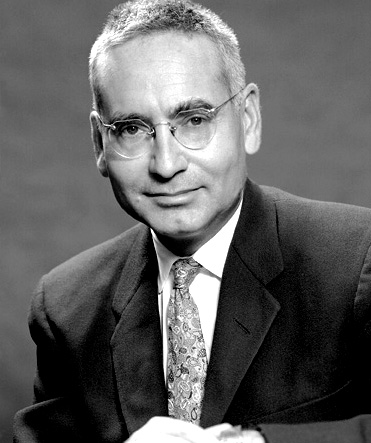

The San Onofre Nuclear Generating Station (SONGS) has been closed since the beginning of this year (2012) because of premature degradation of new steam generator tubes installed in 2010 and 2011. The two pressurized water reactors (PWRs) at SONGS provide about 2,200 megawatts of electricity, about 20% of Southern California’s usage.
I’ve been reading about the shutdown and what will happen to the grid down there while the plant is on indefinite shutdown. The California Independent System Operator (ISO) has a seven-point strategy to avoid blackouts this summer, a strategy that has multiple opportunities for mishaps and will leave the area with a one gigawatt margin of error for meeting summer peak load—about 2%. All of this could have been avoided had the U.S. taken a different direction at the birth of the nuclear power industry.

Many years ago, Alvin Weinberg had a dream about safe nuclear power. Alvin had been involved with the design of nuclear power systems from the days of “never-met-a-bomb-he-didn’t-like-Teller.” His scientific intuition kept telling him that the civilian pursuit of nuclear power was heading in the wrong direction. Even Edward Teller, just before he died, had begun to see that power generators based on solid fuel plutonium with water coolant—whose waste provides raw material for nuclear weapons—was just wrong, not only morally but from the perspective of basic physics and logic.
Alvin Weinberg headed up Oak Ridge National Laboratory for 18 years (1955-1973), until he was fired by the Nixon administration because he continued to promote research on a safe, meltdown-proof Molten Salt Reactor (MSR). His bosses in Washington, who wanted bigger and more powerful weapons systems, wanted all research to be focused on the water-cooled experimental reactor that led to the design of both pressurized water reactors (PWR) and boiling water reactors (BWR). They got their way, and almost all commercial nuclear power plants today are PWRs and BWRs.
The two PWRs at SONGS were commissioned in 1983 and 1984, 10 years after Alvin was removed from Oak Ridge and seven years after Alvin’s Molten Salt Breeder Reactor project was de-funded. They sit about two miles from an earthquake fault that runs just off the coast in that area, and to which four quakes have been attributed in the past 12 years. SONGS was designed to withstand a 7.0 magnitude earthquake and has a 30 foot-high “tsunami wall” of reinforced concrete. Bottom line, these two PWRs have had to be over-engineered and over-constructed to ensure they could withstand both physics and geology. MSRs, on the other hand, use physics and geology to increase their safety.
PWRs and BWRs are complex; difficult to construct, operate and maintain (as the current situation at SONGS demonstrates); and produce a lot of dangerous waste that is politically impossible to dispose of. They operate under continuous, very high pressure, which has to be contained with expensive, very strong materials. Structures that enclose very high pressure contain a great deal of potential energy—which is a physicist’s way of saying that if something goes wrong, they blow up.
Based on the principles behind the MSR experiment that Alvin started, there has recently been an upsurge of interest in liquid fluoride thorium reactors (LFTR, pronounced “lifter”). LFTRs are safe, mechanically simple, compact, and can be deployed almost anywhere. The fuel used for a LFTR is a molten salt, common natural thorium. Thorium is much more common than the type of uranium need for nuclear fuel, much less of it is needed to run a commercial power plant, and there is no residual waste. In fact, Alvin’s experimental MSR was so safe that because none of the scientists at Oak Ridge wanted to work weekends, they turned her off on Friday night and restarted her on Monday—try that with today’s solid fuel water units!
America has great engineering talent and we could start a whole new energy world by simply gutting the problem interior of the SONGS units and their sisters and replacing them with LFTRs—as they should have been built in the first place. There’s been a steady increase in interest in LFTRs, and at least one company I know of in the U.S. is actively pursuing customers for LFTRs (Flibe Energy, founded by Kirk Sorensen, formerly Teledyne Brown’s chief nuclear technologist and former NASA aerospace engineer).
LFTRs address all of the issues that give rise to opposition to base power generating plants: carbon emissions, dangers of radioactive fuel, environmental pollution, risk of explosion, re-use of brownfields, etc., etc. Because of the simplicity of their design and construction, they cost less to build and operate, and consequently have a smaller risk profile and cost less to insure. To add icing to the cake, LFTRs are so small and compact, you could get five or maybe eight gigawatts of production on a site the size of SONGS. (Are you listening, Governor Brown?) Our big engineering firms like ABB, Bechtel and Fluor could take Kirk’s ready-to-go-designs and model them for a retrofit inside of 36 months. You could repurpose all the existing generators and transmission equipment, just replacing the PWR with the LFTR—and a new world of energy could be born.
Carpe diem, America, and let’s make Alvin’s dream a reality.
